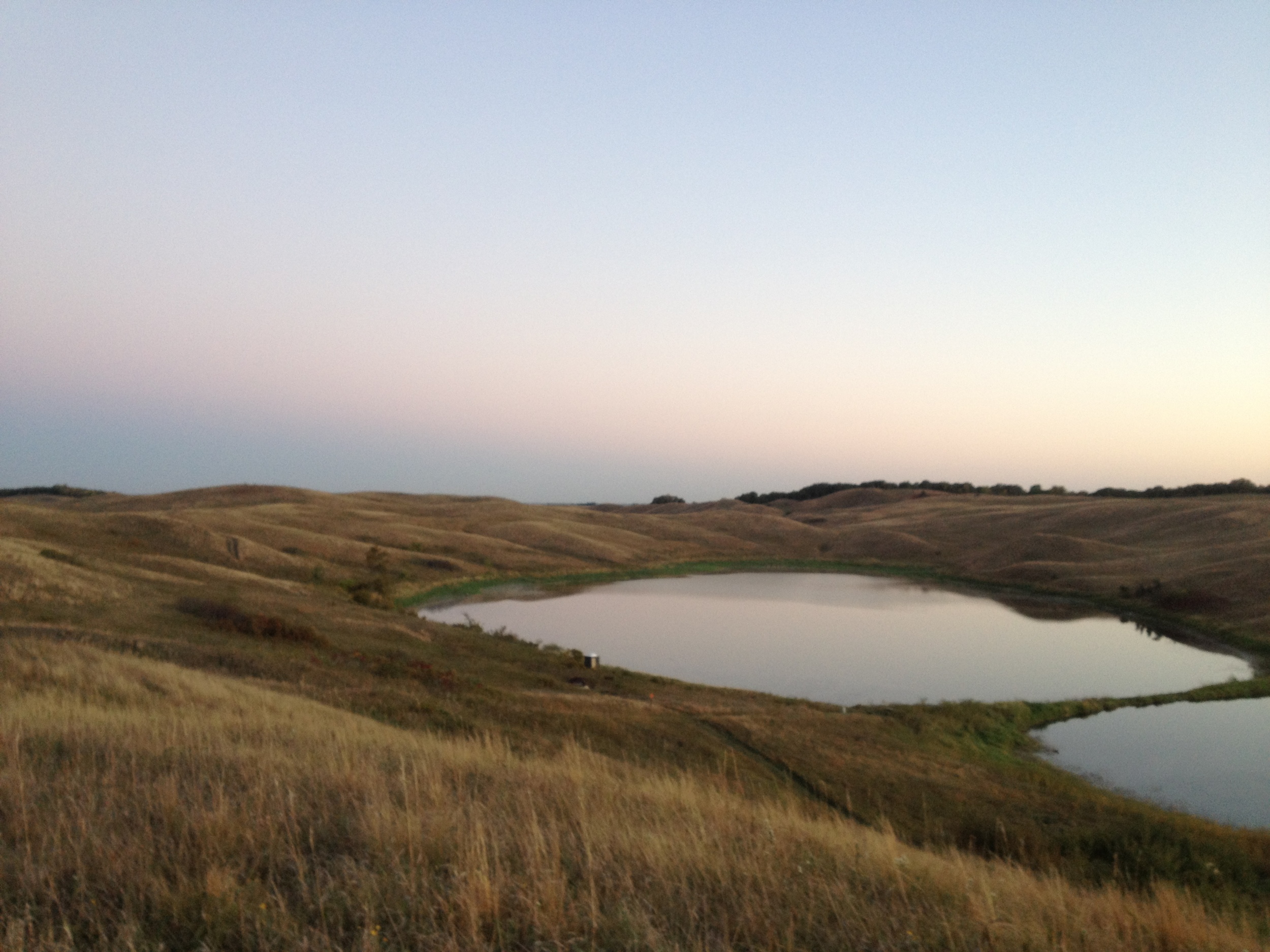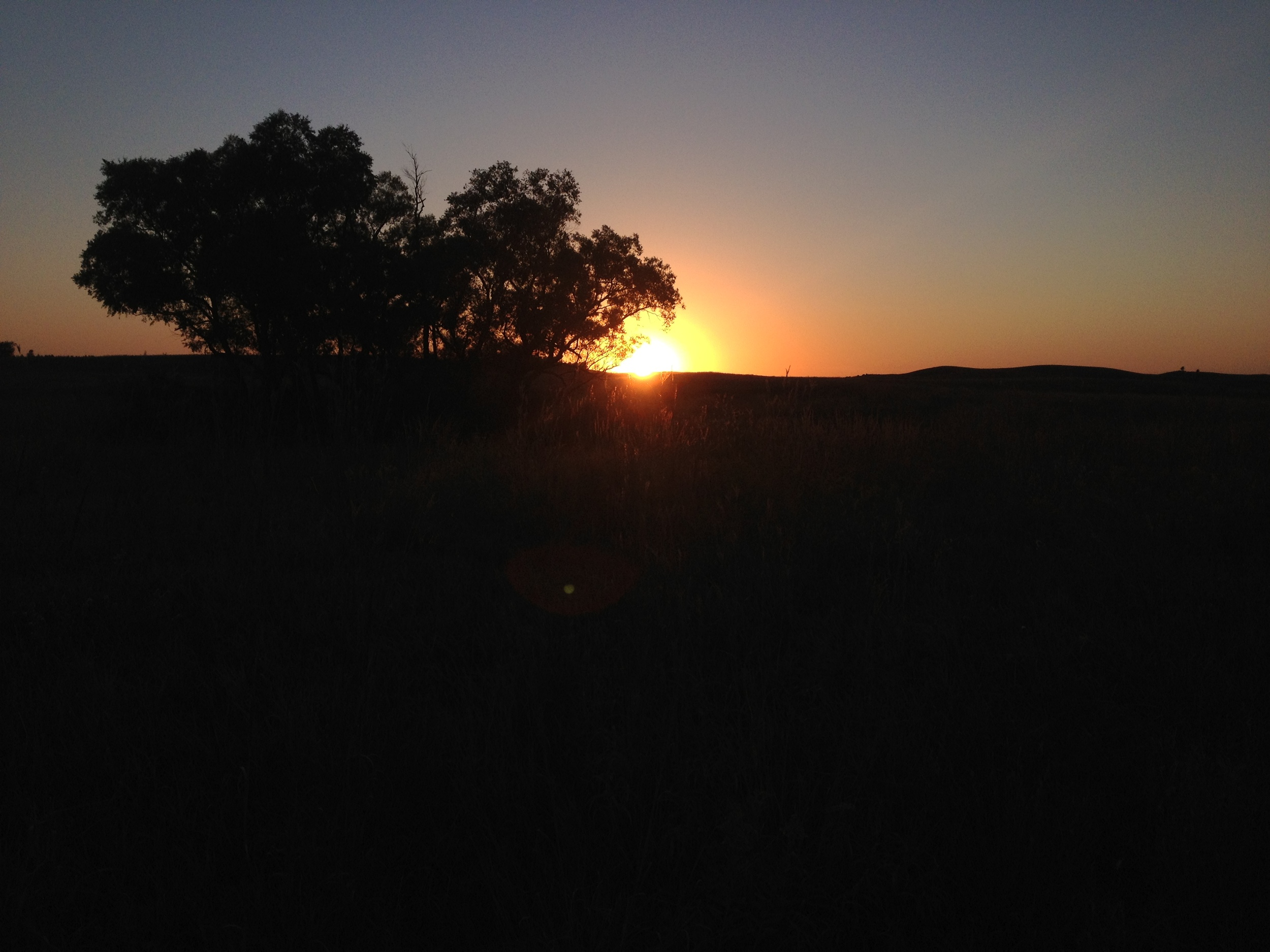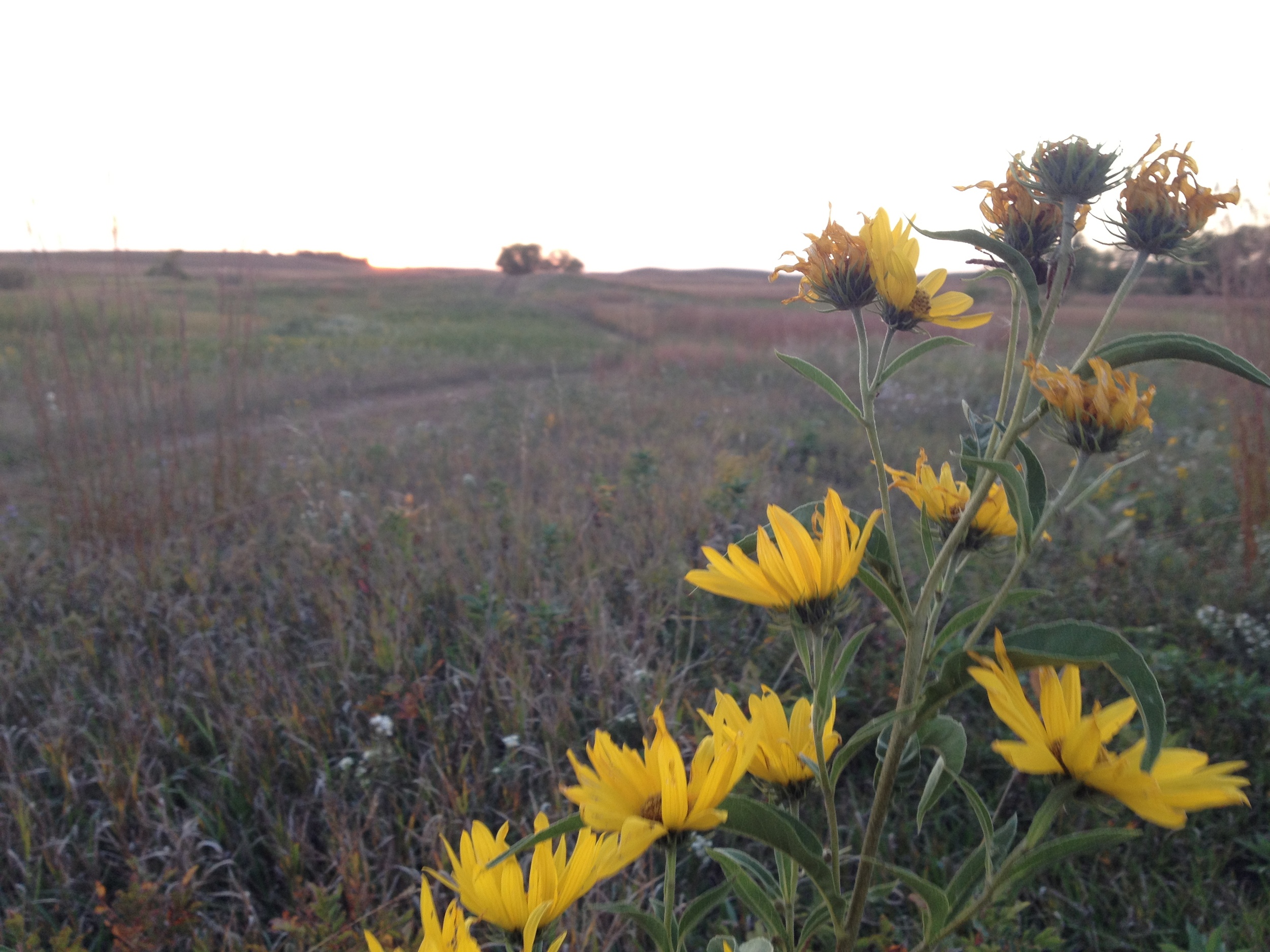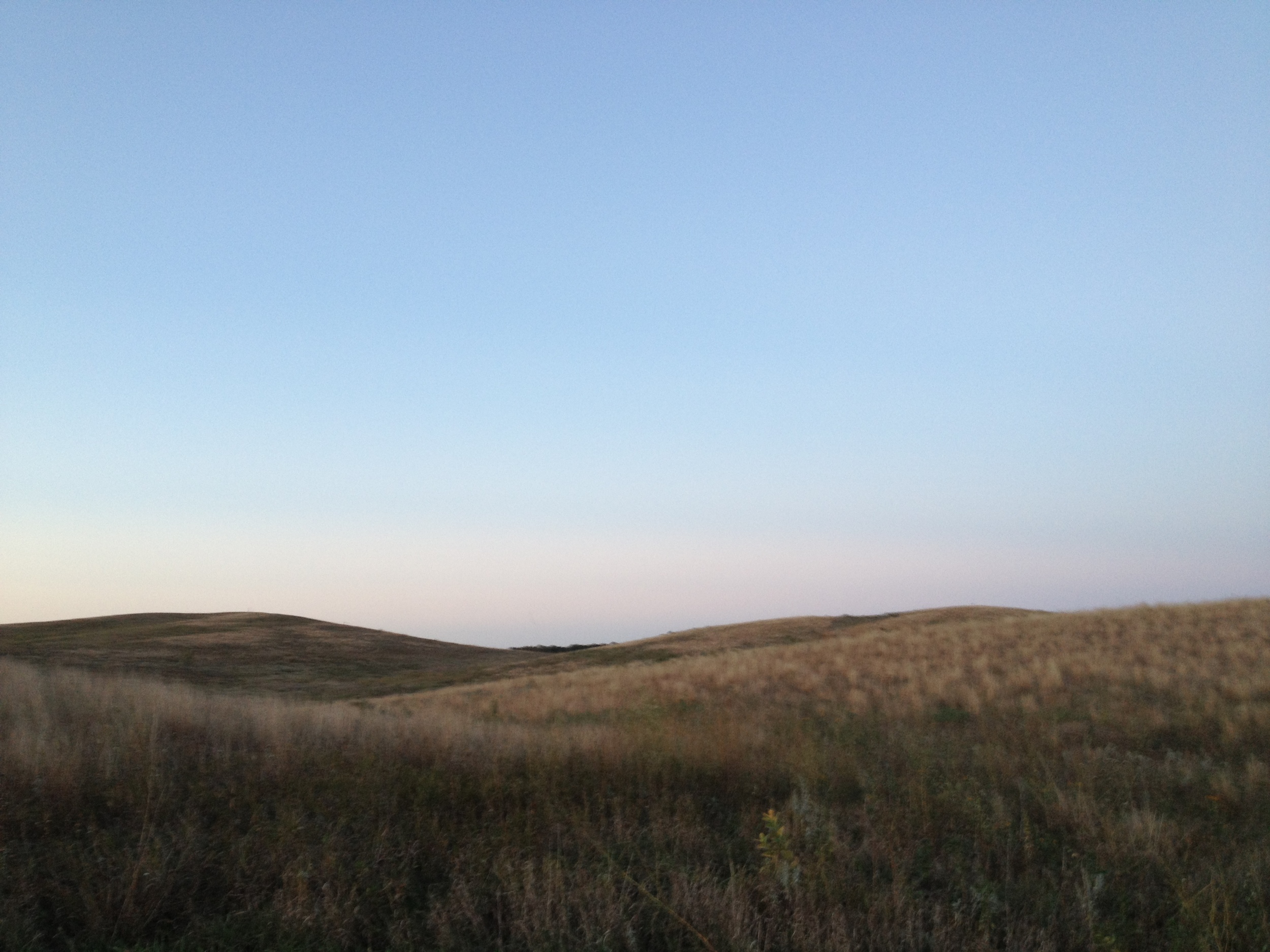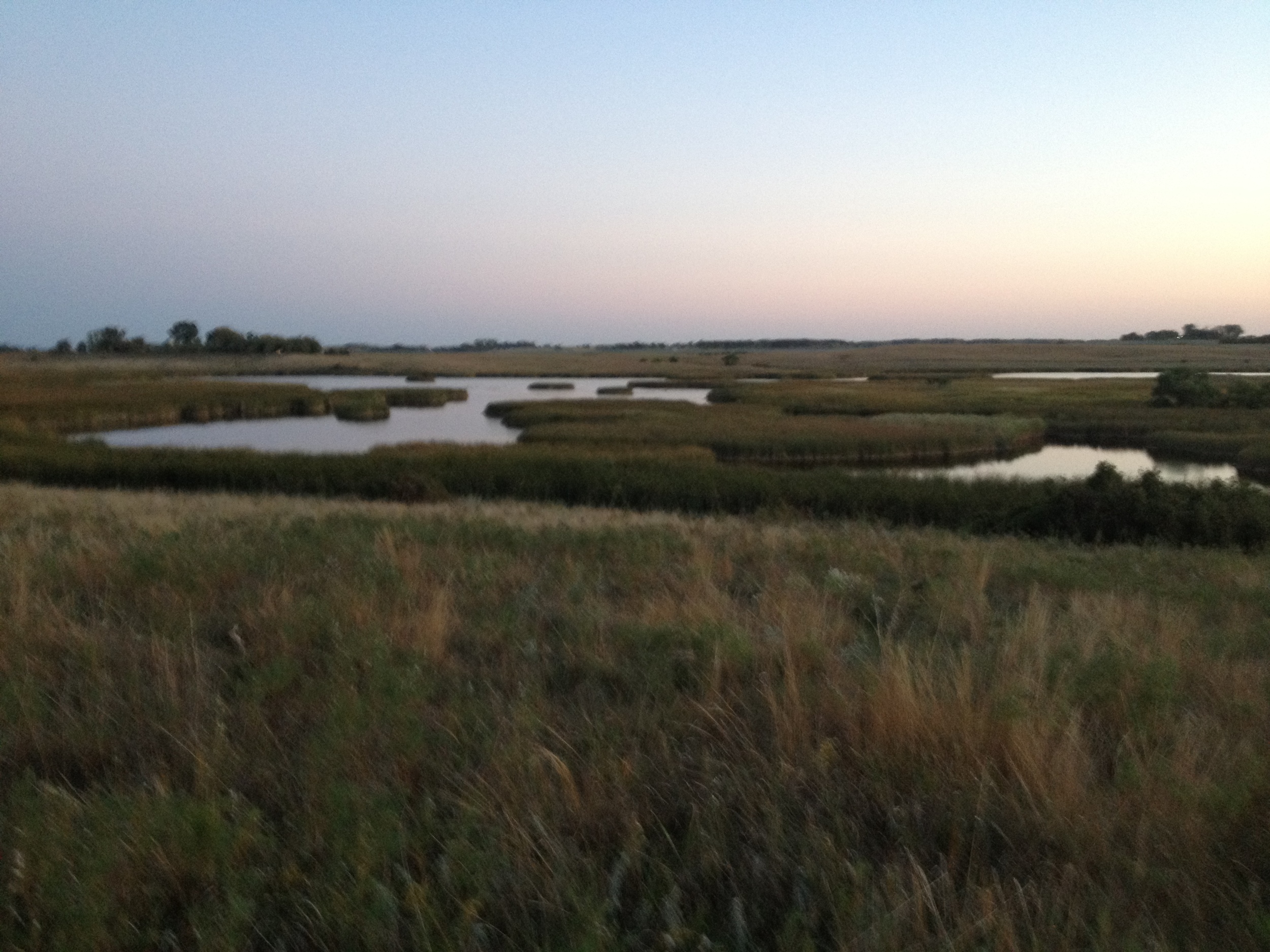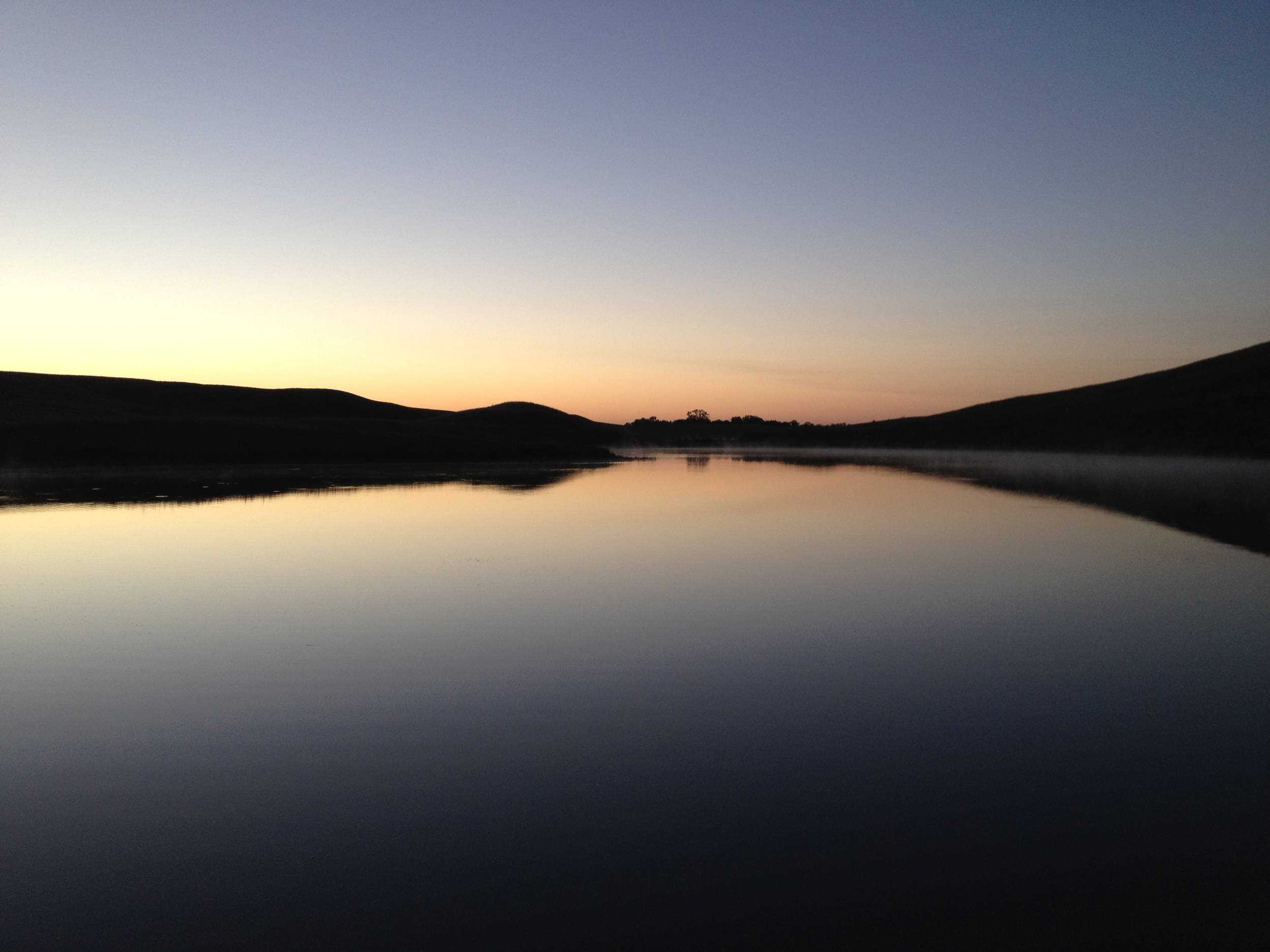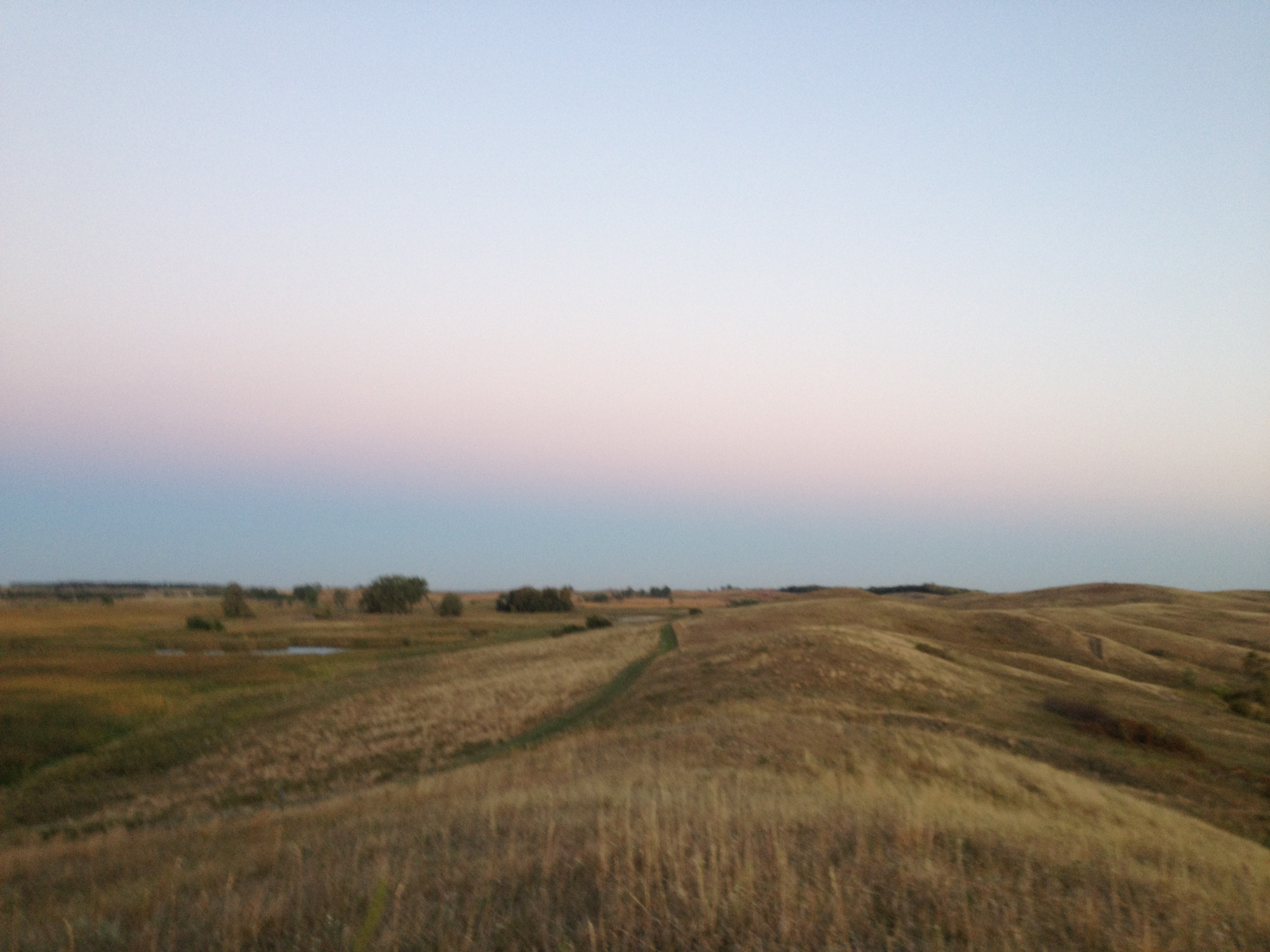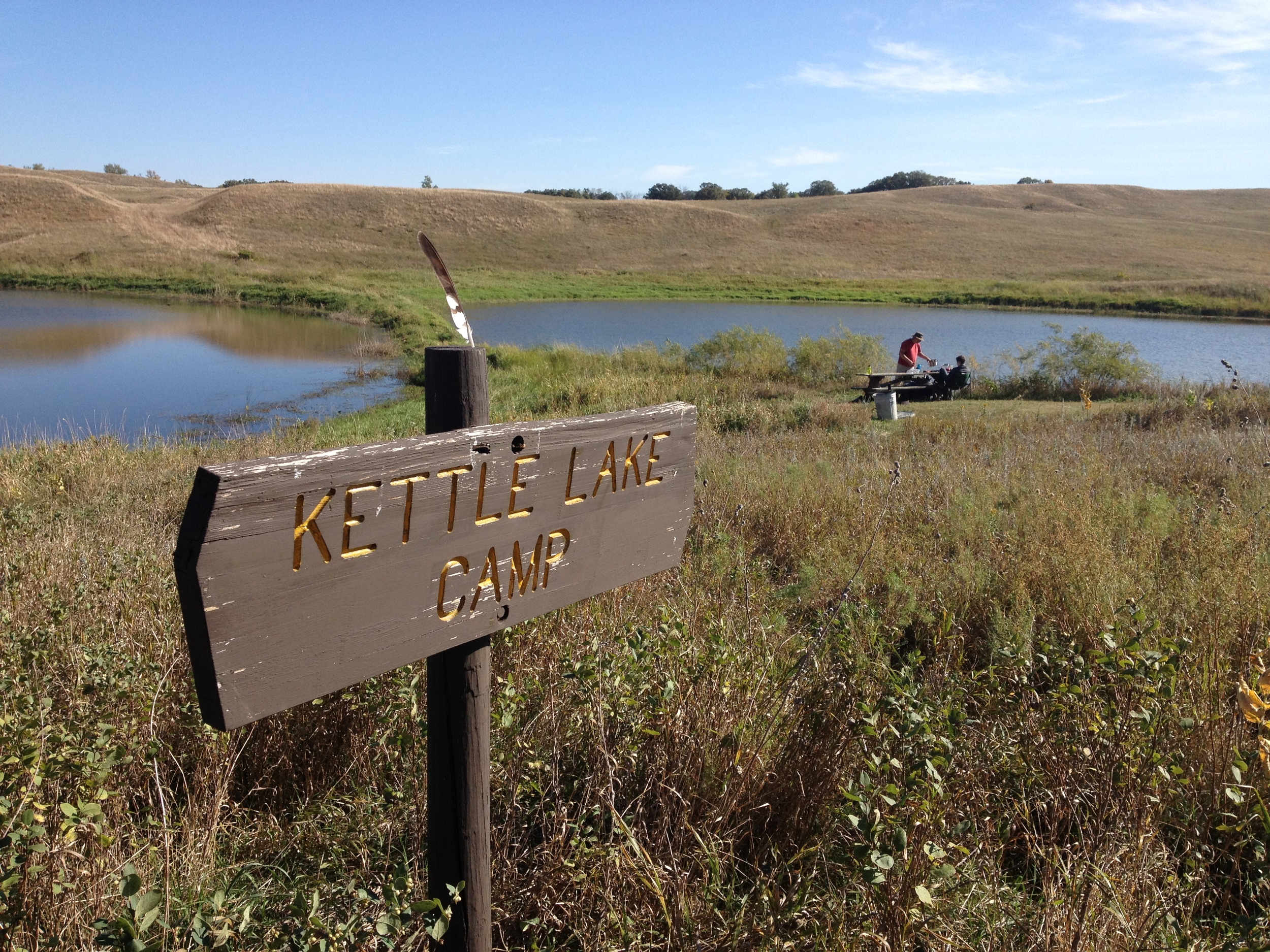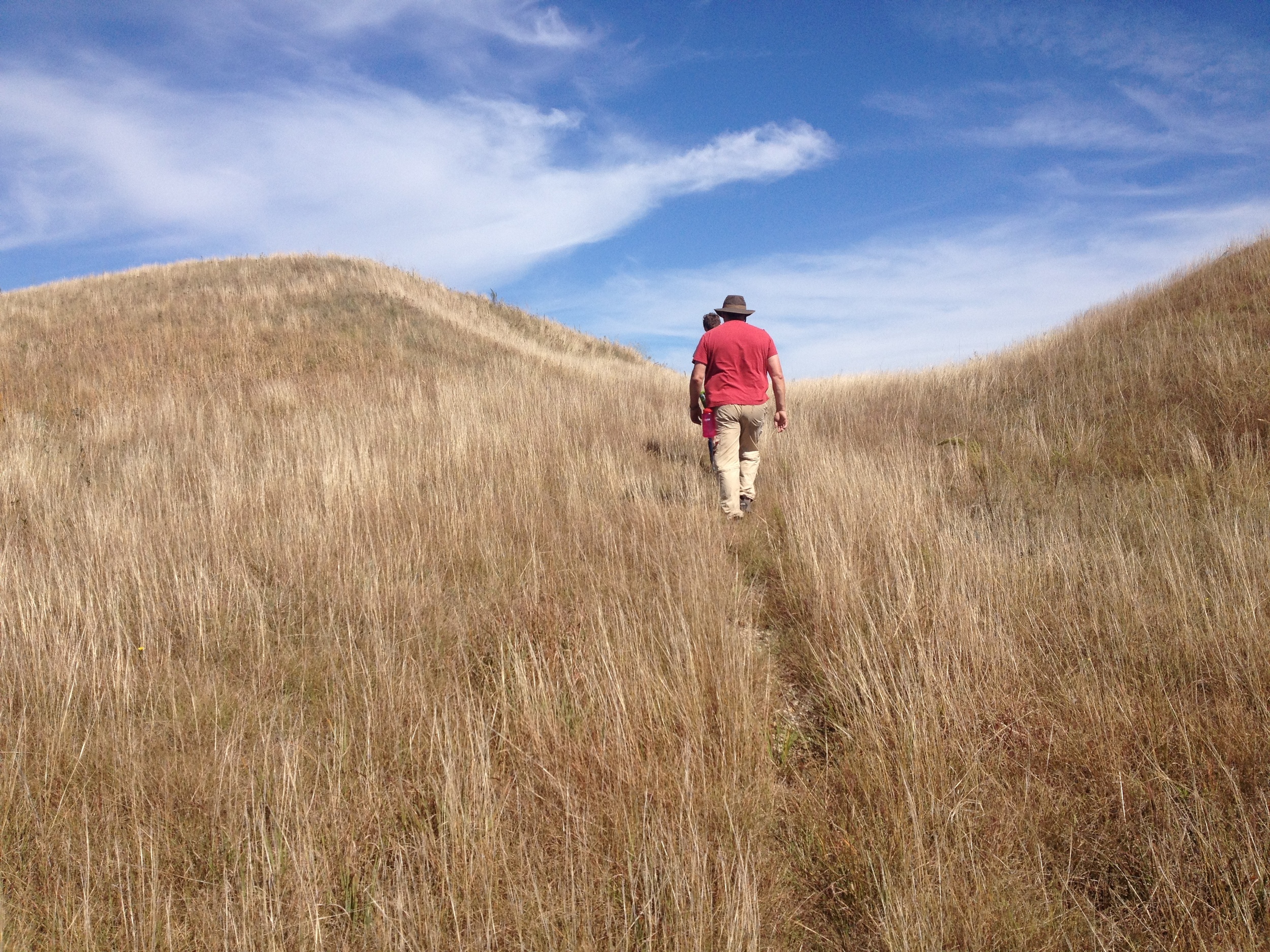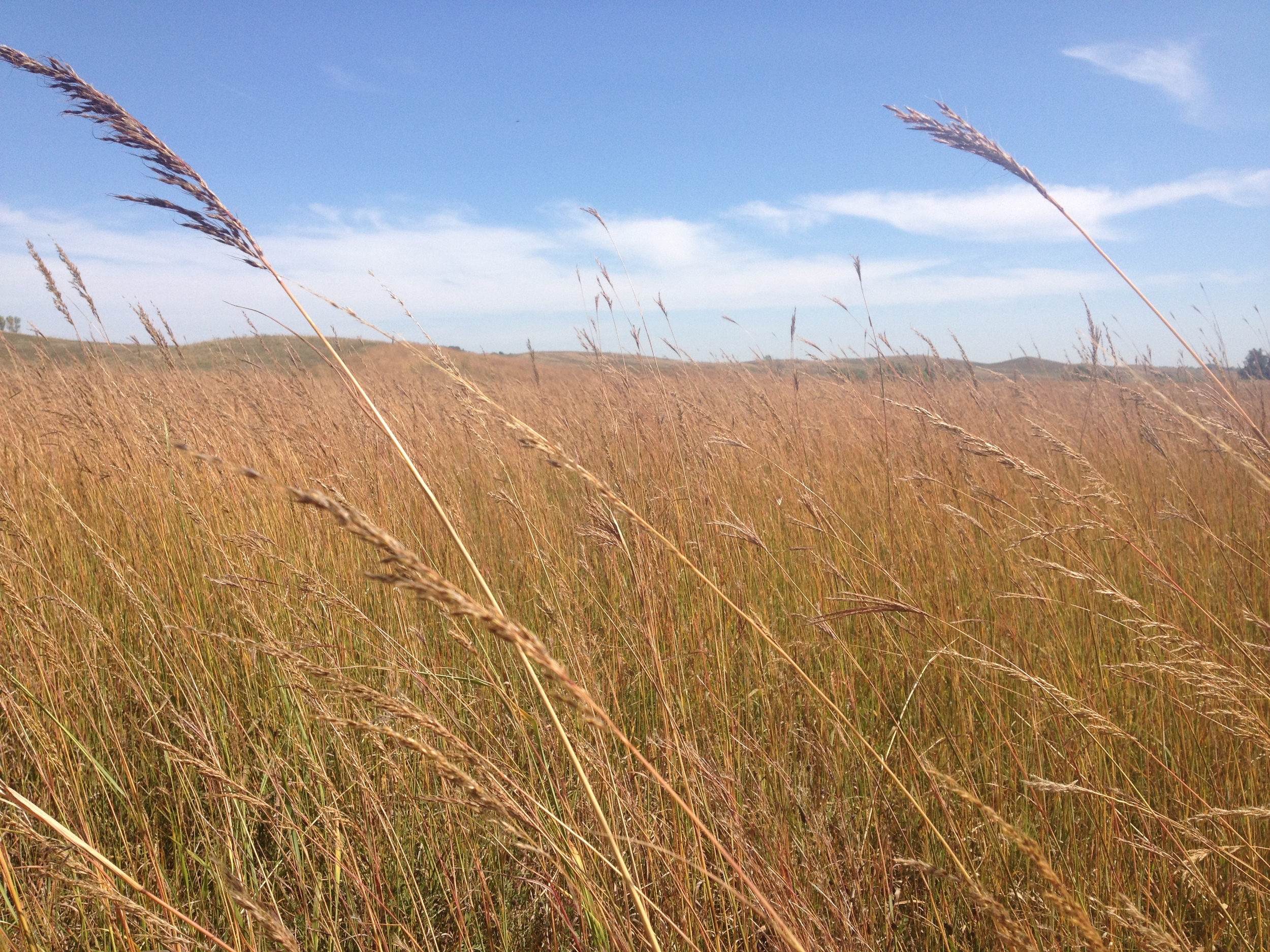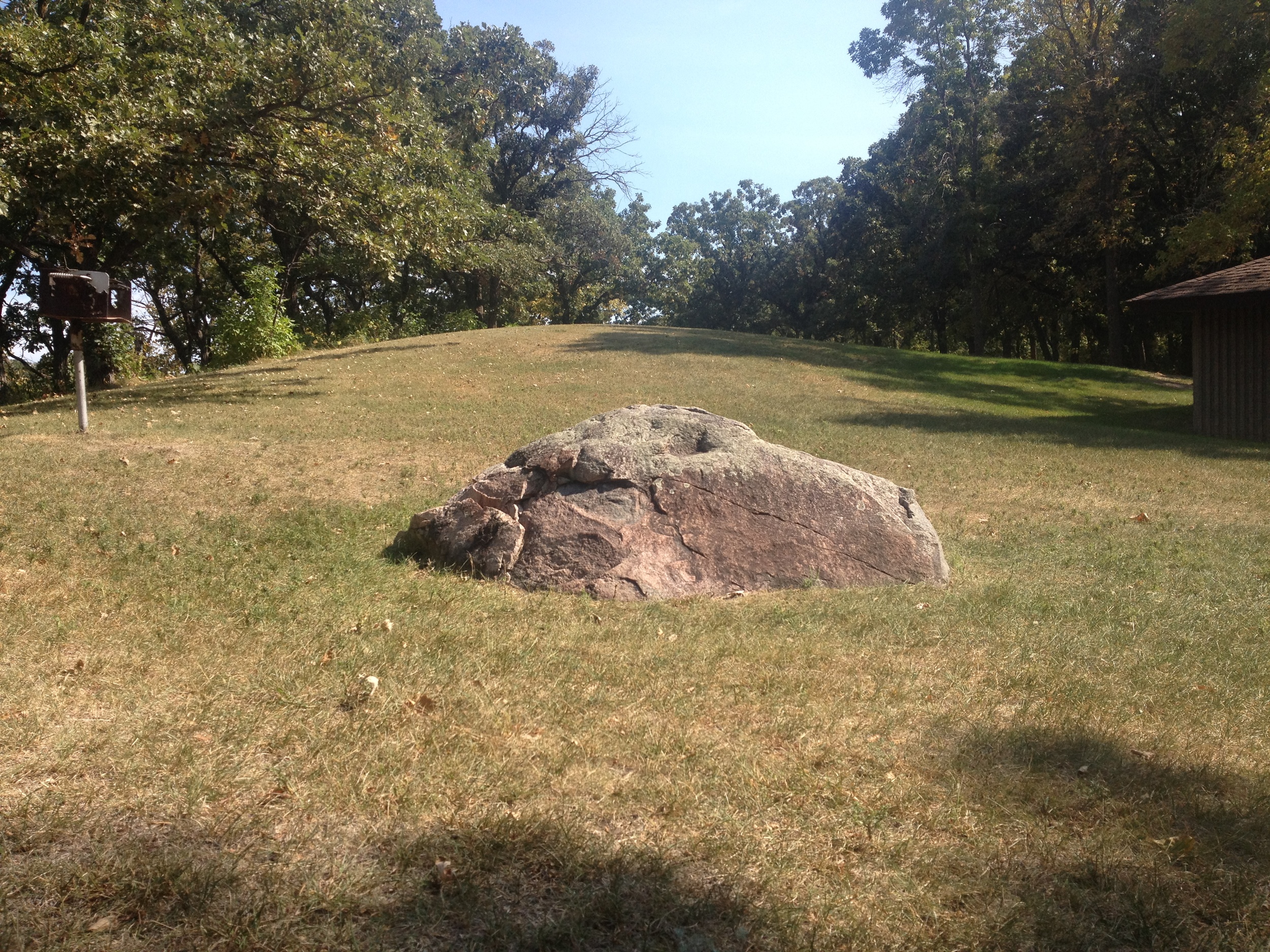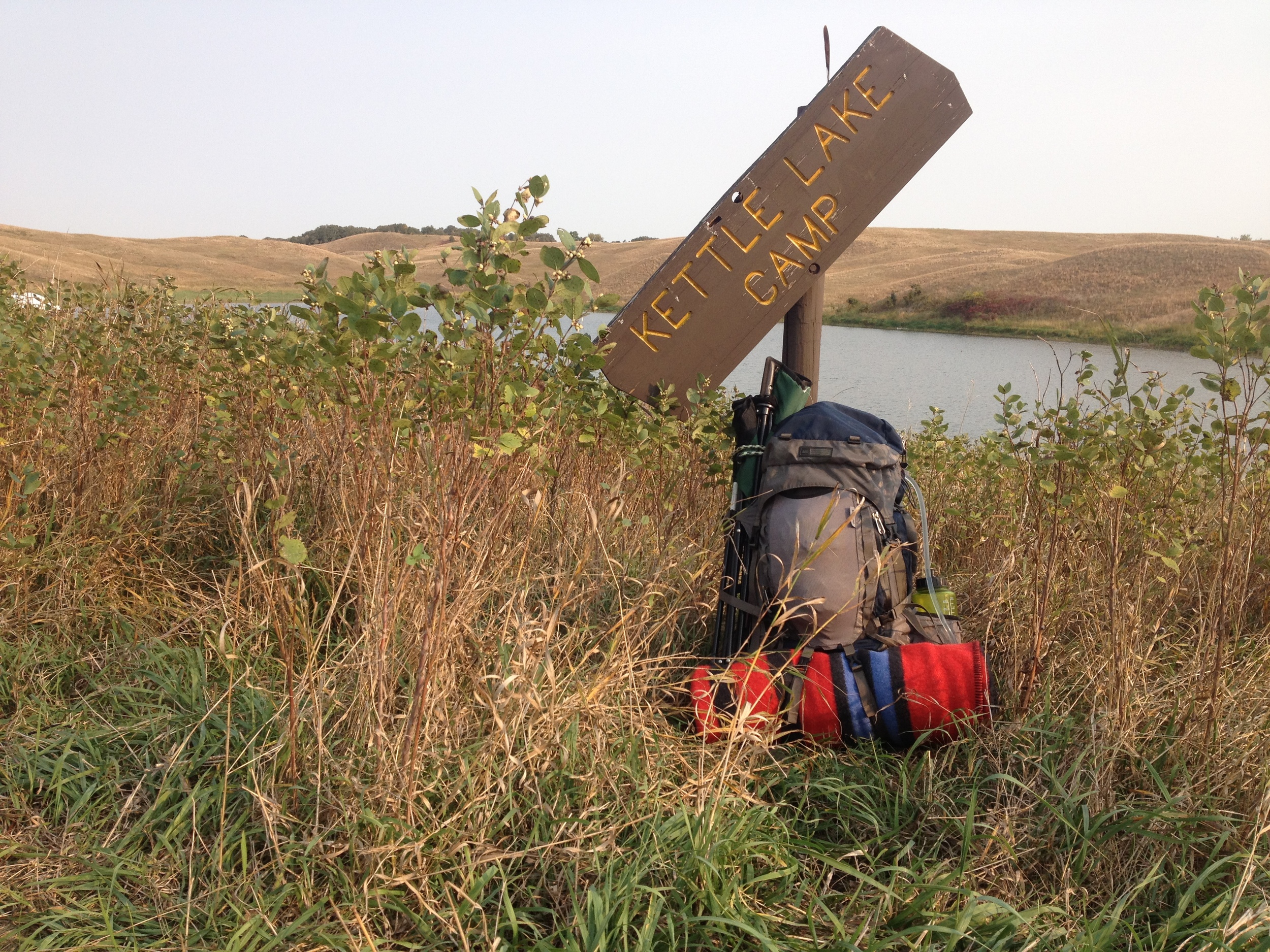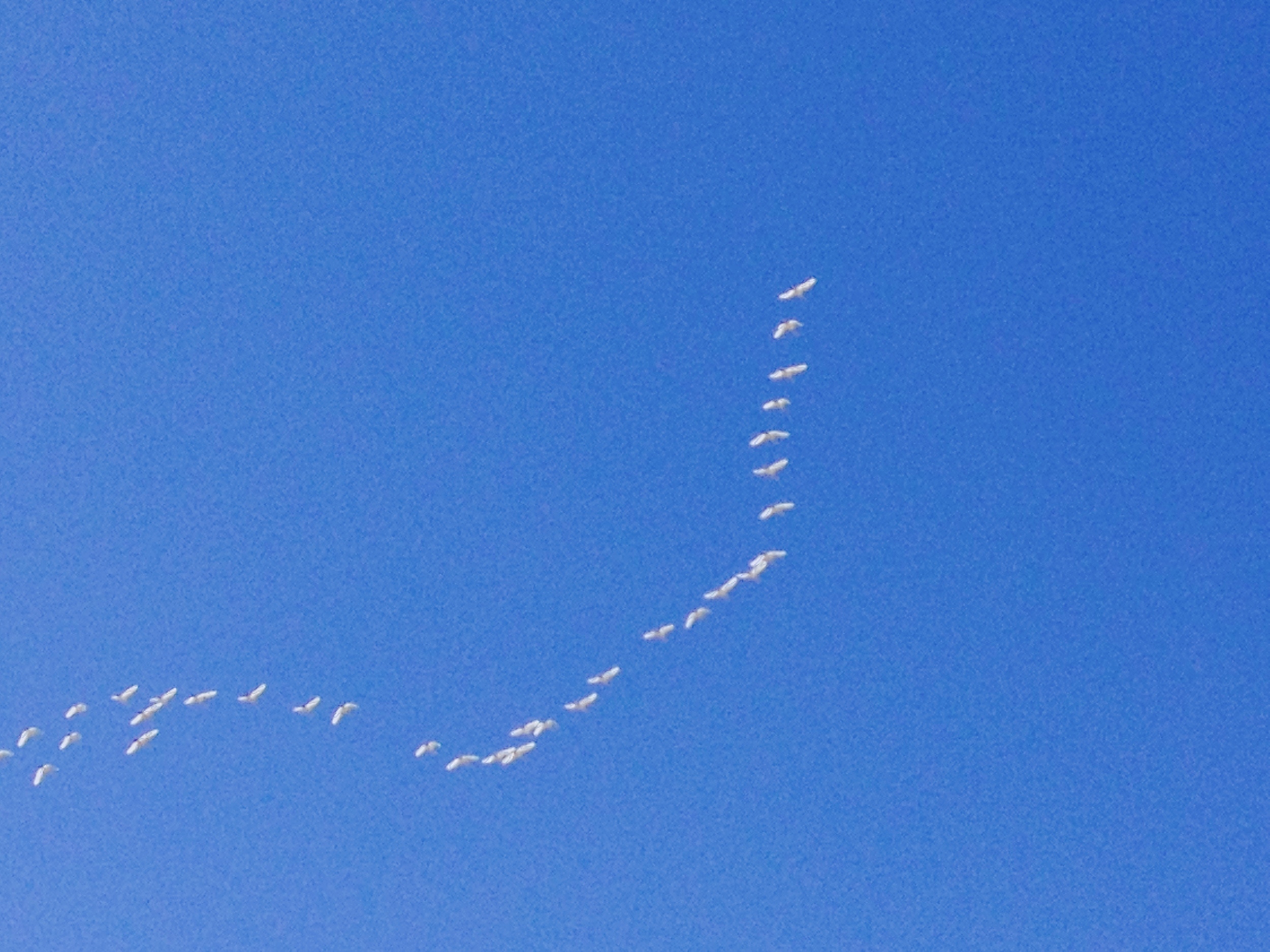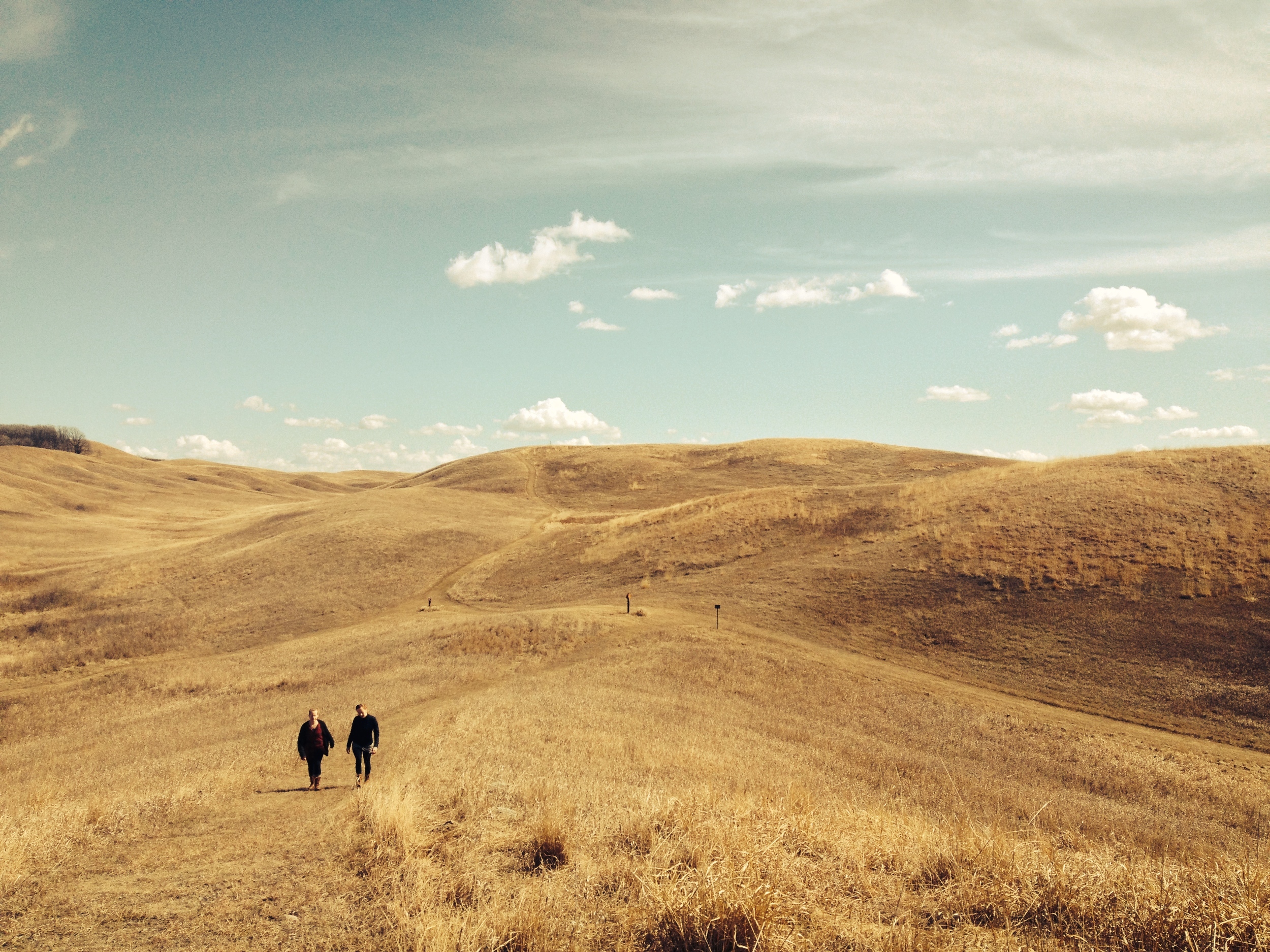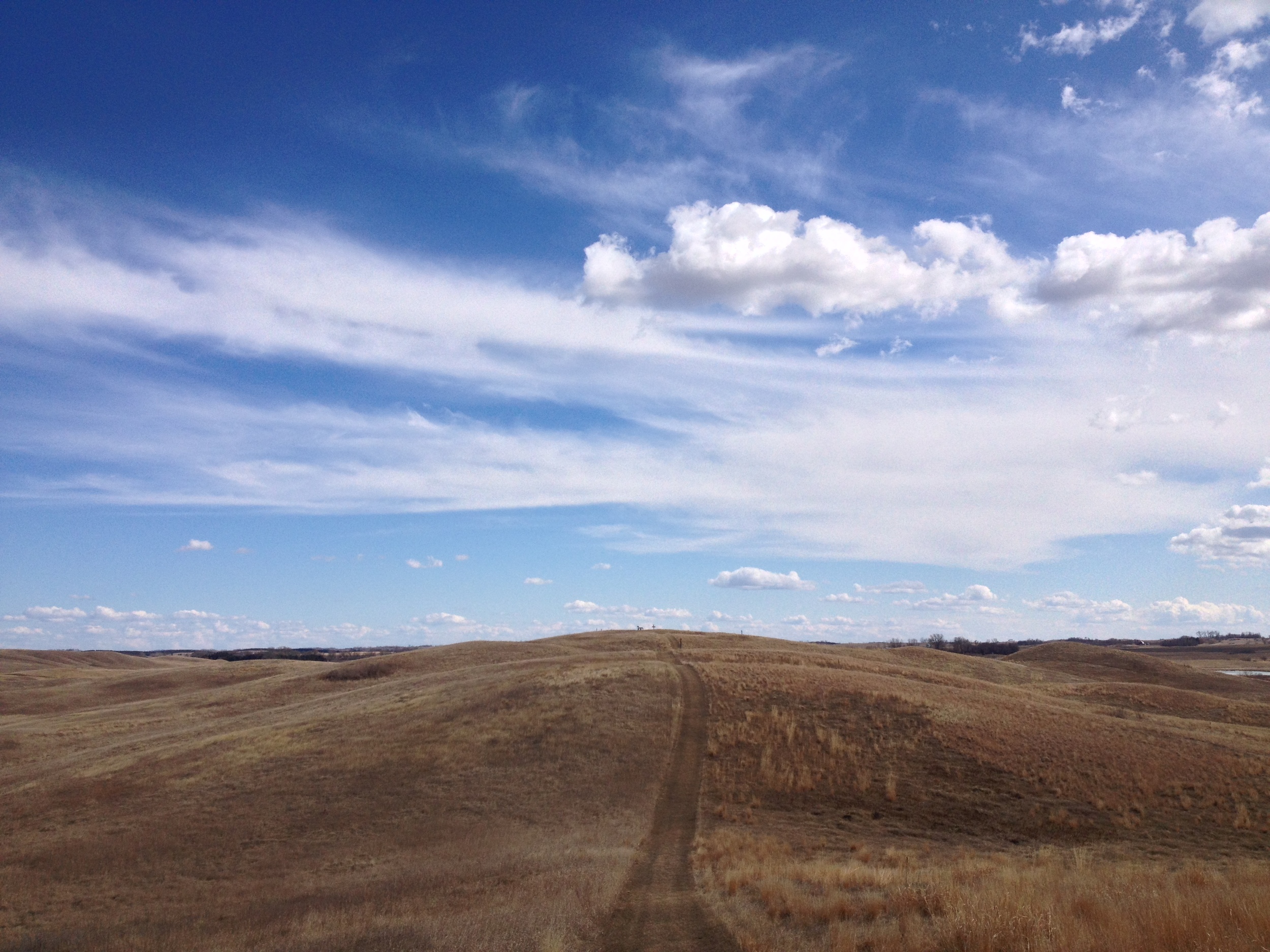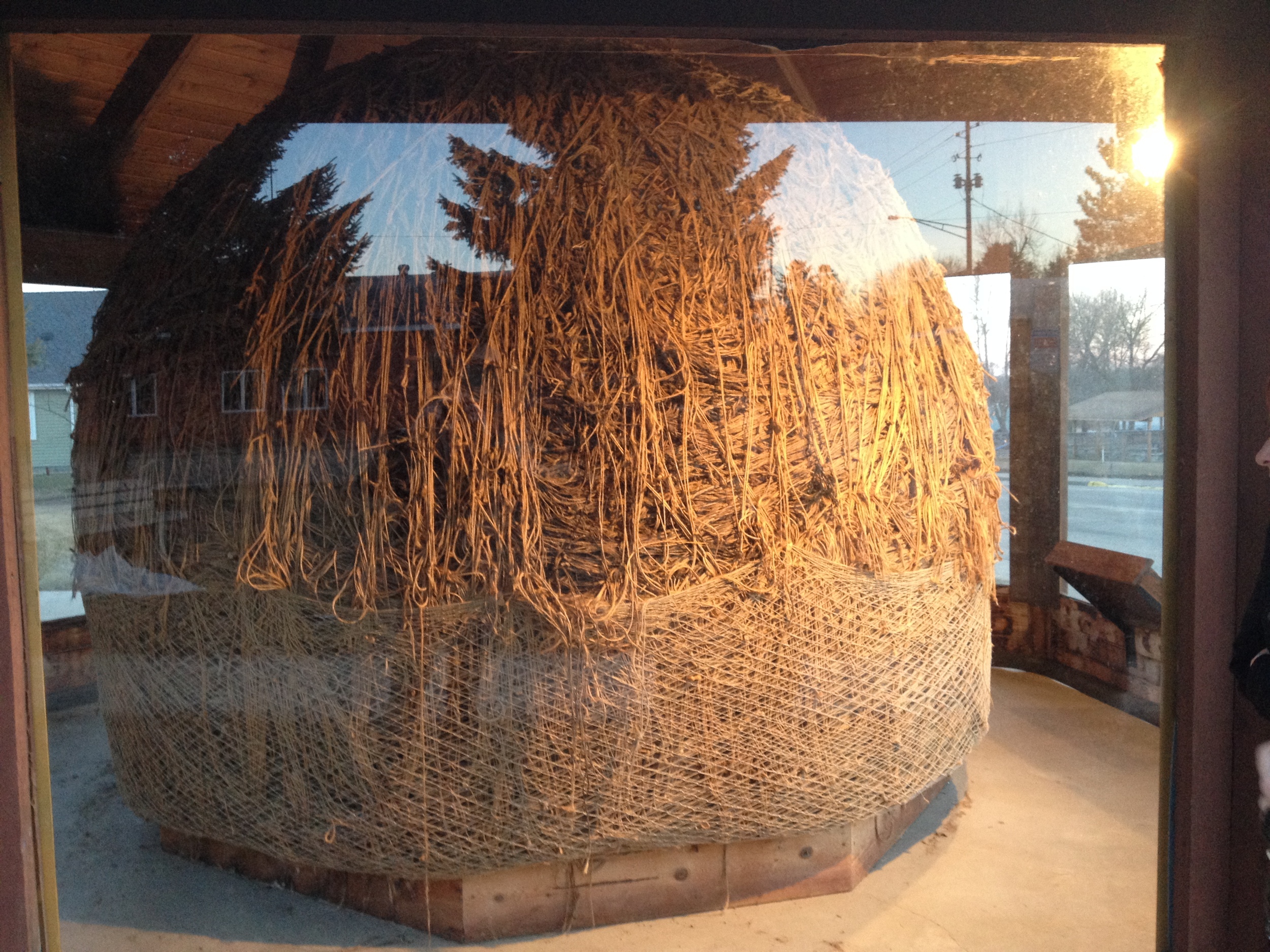The prairie at Glacial Lakes State Park in the spring. View from a kame.
The Park: Glacial Lakes State Park is more than just another prairie park - it is the prairie park. The 2,500 acre park is a series of rolling prairie hills formed thousands of years ago by receding glaciers. It is worth visiting the park for the prairie ecosystem alone, but if you are a geology nut, the park is a smorgasbord of unusually names glacial features. From kettles and kames to moraines and drumlins to eskers, varves, and erratics, this unique region of Minnesota is among the best places to learn about the way these giant sheets of ice shaped and molded the state in which we live.
Camping: The park has about normal 40 drive-in sites in a more wooded section of the park, but if you're interested in truly experiencing the open prairie, let me suggest using on of the backpacking sites. Hiking (or horseback riding) just a mile or two away from the road allows you to pitch a tent next to kettle lakes, far from other campers, and with an uninterrupted view of the night sky. It's a little more work of course, but worth it in every way.
The Backpacking Camp site by Kettle Lake
The Hike: The 4.7 mile hiking club trail follows the northern ridge of the park. Begin at the Group Campground on the south side of Signalness Lake and follow the trail about a half mile for great views of the lake and across a small marshy boardwalk to the Oakridge Campgrounds. The trail leaves the campground on the east side and gradually rises to the ridge (or drumlin) providing a series of prairie vista's broken by oak forest, finally climbing to the highest point in the park. Loop around and head back your car.
If you get a chance, the majority of the park's trails are south of the hiking club trail and wind through the heart of the prairie. The hike down to Kettle Lake and then up around to the northernmost kame (that's how glacier's say hill) is worth the extra time.
The skies are always bigger in Glacial Lakes State Park
The Drive: The road to Glacial Lakes State Park runs through a number of small towns along Highway 12 in central Minnesota and although every small town has one attraction or another of which they are particularly proud, one town has succeeded in creating what must certainly be one of the world's most important and iconic roadside attraction - that's right, Darwin, MN is home to the World's Largest Ball of Twine Created by a Single Person. I mean, if there is anything in this world worth pulling off the highway for, it is a giant, misshapen jute sphere. Francis Johnson's 12 foot, 9 ton creation has its own museum and gift shop - you know, so you can remember your visit to this wonder of the modern world.
Total Miles Hiked: 62.8
Total Miles Driven: 2914
Arbitrary Rating: 5/5
